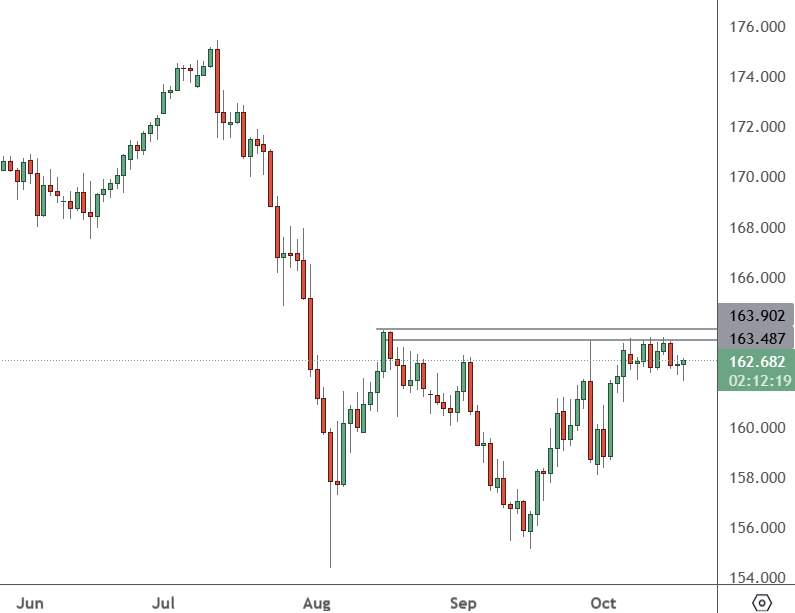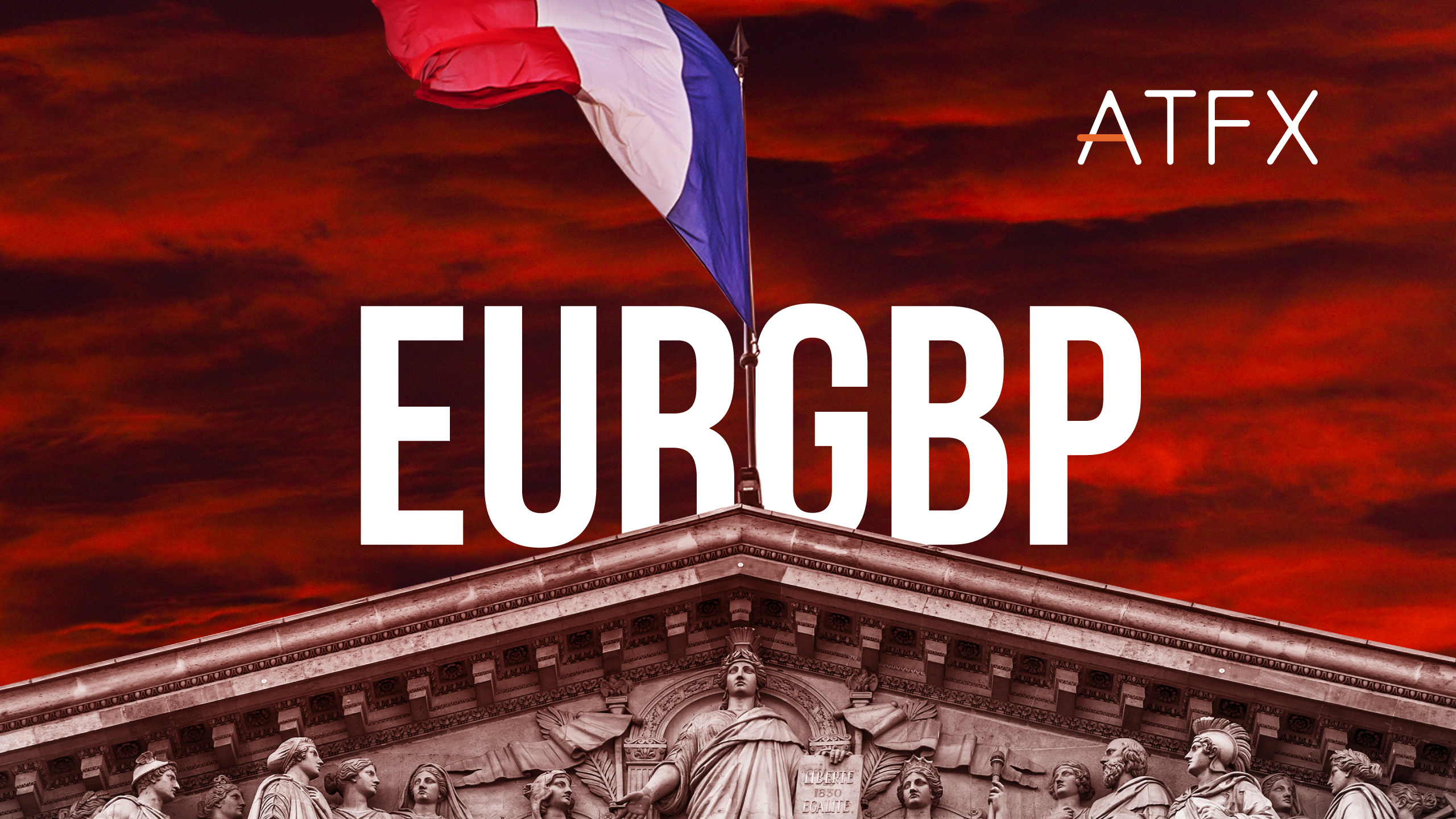The EURJPY exchange rate has Japanese inflation data ahead on Friday after the European Central Bank cut its benchmark interest rate.
 EURJPY – Daily Chart
EURJPY – Daily Chart
The price of EURJPY is probing the resistance at 163 again after the level has been an obstacle since the bounce in August. Getting above 164 would create a larger recovery for the euro.
The Japanese economy has CPI inflation numbers ahead on Friday which are set for 7:30 am HKT. A sharp drop Is expected from the 2.8% last month to 2.3% this month. The outlook for Japanese rates is important as the ECB continues to cut rates closer to the Japanese level each time. That has been the reason for the weak bounce in the euro from the carry trade unwind into August. Talk of the Bank of Japan has disappeared from view after the yen surge that rattled markets.
The ECB does not expect the bloc to slide into recession as it cut rates on Thursday in the wake of recent data showing inflation across the bloc falling to its lowest level in three years, with economic growth waning. The governing council reduced rates from 3.5% to 3.25%, marking the third reduction since June. The “disinflationary process is well on track,” a statement said.
According to revised figures on Thursday, inflation in the eurozone sank to 1.7% in September, well below the ECB’s target rate of 2%.
The ECB predicted a brief rise in inflation during the coming months, before a return to its target next year. ECB President Christine Lagarde gave little away in the press conference about a potential December rate cut, saying the bank is “not pre-committing to a particular rate path.”
Any decision will “follow a data-dependent and meeting-by-meeting approach,” she added. However, one takeaway from the event was that the central bank said economic activity had come in “somewhat weaker than expected,” noting a contraction in the manufacturing sector and weaker exports.
Despite Germany seeing output shrink in the second quarter by 0.1%, Lagarde said that she didn’t expect the eurozone economy to fall into recession, but that downside risks could come from the Middle East and any new tariffs that Donald Trump may impose on European goods.
“Although the ECB did not pre-commit to any specific rate path, we believe that downside risks to growth in a context of easing inflationary pressure will lead to more rate cuts starting in December and continuing in 2025,” said EFG Asset Management.


